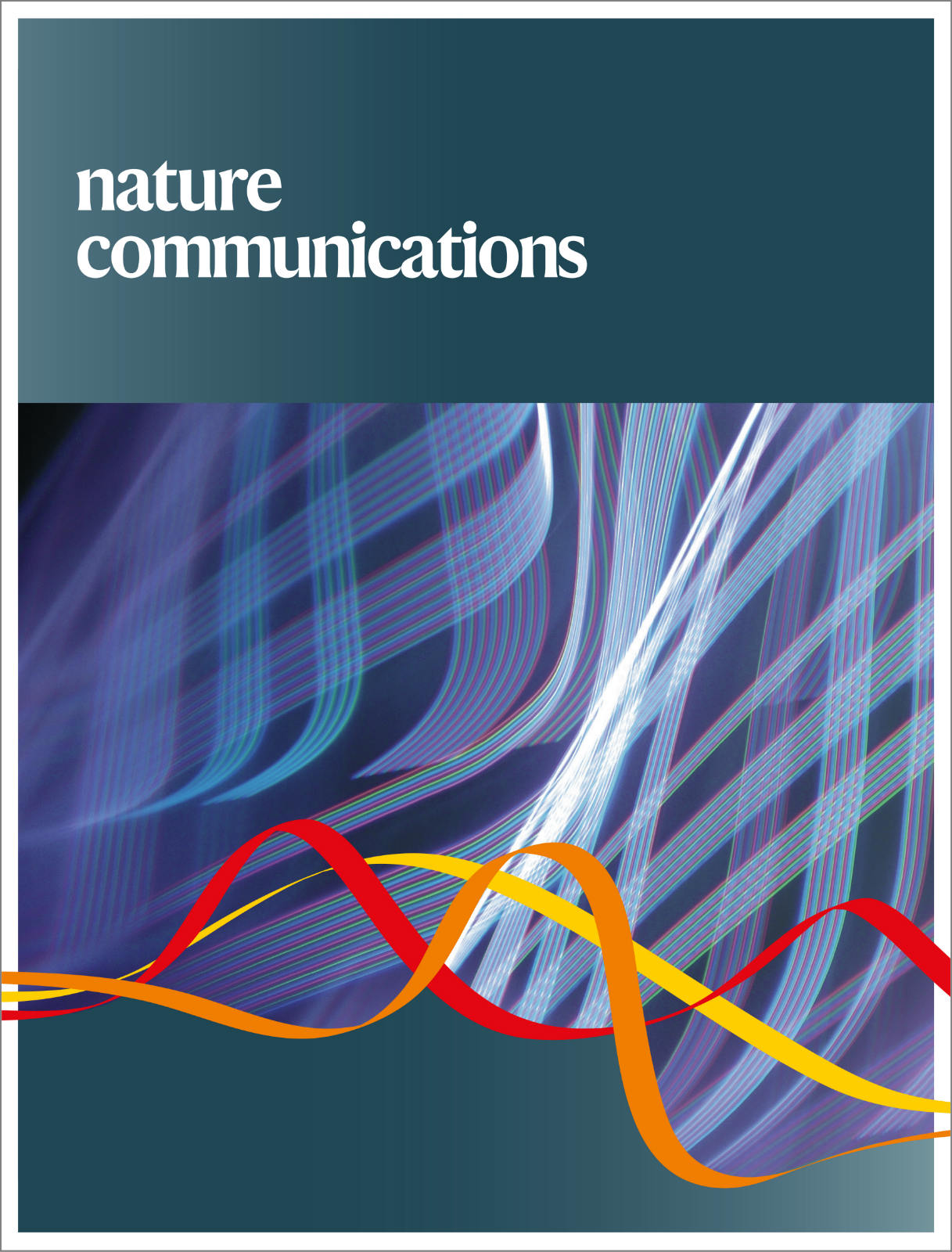Impaired ketogenesis in Leydig Cells drives testicular aging.
IF 14.7
1区 综合性期刊
Q1 MULTIDISCIPLINARY SCIENCES
引用次数: 0
Abstract
Testicular aging commonly leads to testosterone deficiency and impaired spermatogenesis, yet the underlying mechanisms remain elusive. Here, we show that Leydig cells are particularly vulnerable to aging processes in testis. Single-cell RNA sequencing identifies the expression of Hmgcs2, the gene encoding rate-limiting enzyme of ketogenesis, decreases significantly in Leydig cells from aged mice. Additionally, the concentrations of ketone bodies β-hydroxybutyric acid and acetoacetic acid in young testes are substantially higher than that in serum, but significantly diminish in aged testes. Silencing of Hmgcs2 in young Leydig cells drives cell senescence and accelerated testicular aging. Mechanistically, β-hydroxybutyric acid upregulates the expression of Foxo3a by facilitating histone acetylation, thereby mitigating Leydig cells senescence and promoting testosterone production. Consistently, enhanced ketogenesis by genetic manipulation or oral β-hydroxybutyric acid supplementation alleviates Leydig cells senescence and ameliorates testicular aging in aged mice. These findings highlight defective ketogenesis as a pivotal factor in testicular aging, suggesting potential therapeutic avenues for addressing age-related testicular dysfunction.睾丸间质细胞的酮生成受损驱动睾丸衰老。
睾丸衰老通常会导致睾丸激素缺乏和精子发生受损,但其潜在机制尚不清楚。在这里,我们发现睾丸间质细胞特别容易受到老化过程的影响。单细胞RNA测序结果显示,老龄小鼠间质细胞中编码生酮限制酶基因Hmgcs2的表达显著降低。此外,年轻睾丸中酮体β-羟基丁酸和乙酰乙酸的浓度显著高于血清,而在老年睾丸中显著降低。年轻间质细胞中Hmgcs2的沉默驱动细胞衰老,加速睾丸衰老。机制上,β-羟基丁酸通过促进组蛋白乙酰化上调Foxo3a的表达,从而减轻间质细胞衰老,促进睾酮的产生。一致地,通过基因操作或口服β-羟基丁酸补充剂增强酮生成可减轻老龄小鼠间质细胞衰老并改善睾丸衰老。这些发现强调了有缺陷的生酮是睾丸衰老的关键因素,为解决与年龄相关的睾丸功能障碍提供了潜在的治疗途径。
本文章由计算机程序翻译,如有差异,请以英文原文为准。
求助全文
约1分钟内获得全文
求助全文
来源期刊

Nature Communications
Biological Science Disciplines-
CiteScore
24.90
自引率
2.40%
发文量
6928
审稿时长
3.7 months
期刊介绍:
Nature Communications, an open-access journal, publishes high-quality research spanning all areas of the natural sciences. Papers featured in the journal showcase significant advances relevant to specialists in each respective field. With a 2-year impact factor of 16.6 (2022) and a median time of 8 days from submission to the first editorial decision, Nature Communications is committed to rapid dissemination of research findings. As a multidisciplinary journal, it welcomes contributions from biological, health, physical, chemical, Earth, social, mathematical, applied, and engineering sciences, aiming to highlight important breakthroughs within each domain.
 求助内容:
求助内容: 应助结果提醒方式:
应助结果提醒方式:


